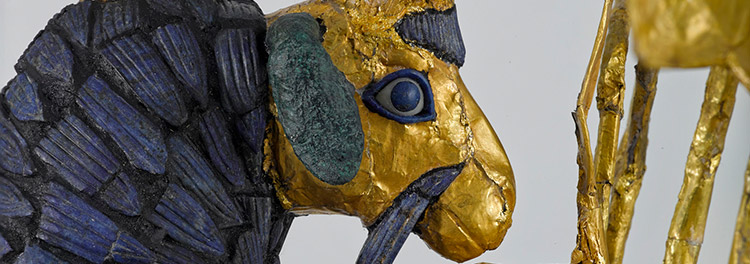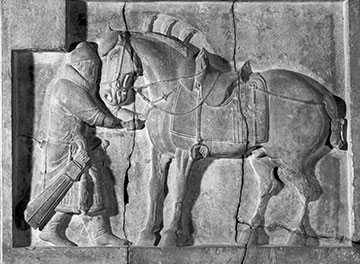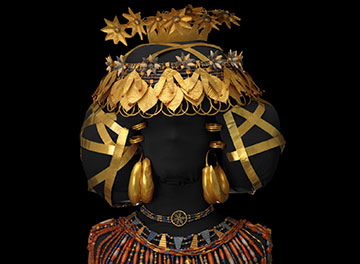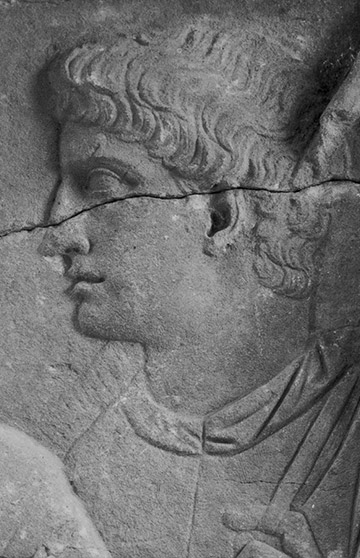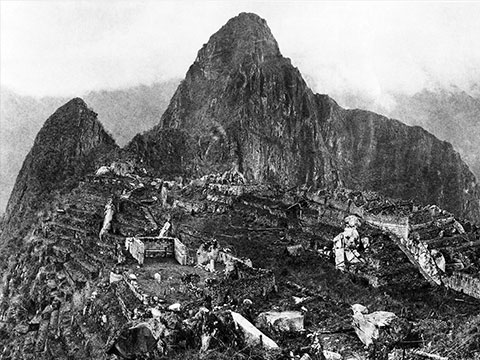-
Home
-
Collections
Welcome to the Digital Penn Museum, the one stop portal for the vast range of digital content offered by the University of Pennsylvania Museum of Archaeology and Anthropology! To access our digital resources, scroll down to browse samples, click through to explore further, or use the links on the navigation bar above.
Collection Highlights
Browse the Collection Geographically
Use our Object Location Map to browse our online collections geographically. There are over 1,100 geocoded placenames on this map, which are clustered at higher browsing levels, and provide access to more than 92% of our objects. Zoom in and click on individual map markers to view objects associated with that specific location.
Lecture Series
Archival Films
Expedition Magazine Articles
Alexander the Great cut the famous Gordian Knot and fulfilled a prophecy to become the ruler of Asia. Gordion is also linked with Midas, the Iron Age king of the late 8th century BCE, who in later Greek mythology is cursed with the "golden touch."?
There is an endless popular fascination with the “Silk Roads,” the historic routes of economic and cultural exchange across Eurasia. The history of the Silk Roads is a narrative about movement, resettlement, and interactions across ill-defined borders.
The royal burials contained riches almost beyond imagining — gold, electrum, and silver; lapis lazuli, carnelian, agate, and chalcedony; carved and decorated vessels of precious metal and semiprecious stone; jewelry and personal belongings, even cosmetics.
The Penn Museum has a collection of more than 450 bronze reproductions given to the Museum in 1904 by the Philadelphia department store founder and philanthropist John Wanamaker (1838–1922).
The Museum Blog
Graffiti is not a recent invention. People have been leaving their personal marks in places where they probably weren't supposed to, since time immemorial. And just like some modern graffiti, ancient graffiti is actually kind of cool and very informative.
Hasanlu is an archaeological excavation site in Iran, Western Azerbaijan, Solduz Valley. Theses skeletons were found in a Bin with no objects. The only feature is a stone slab under the head of the skeleton on the left hand side (SK335).
Websites
Interactives


 My Finds
My Finds 